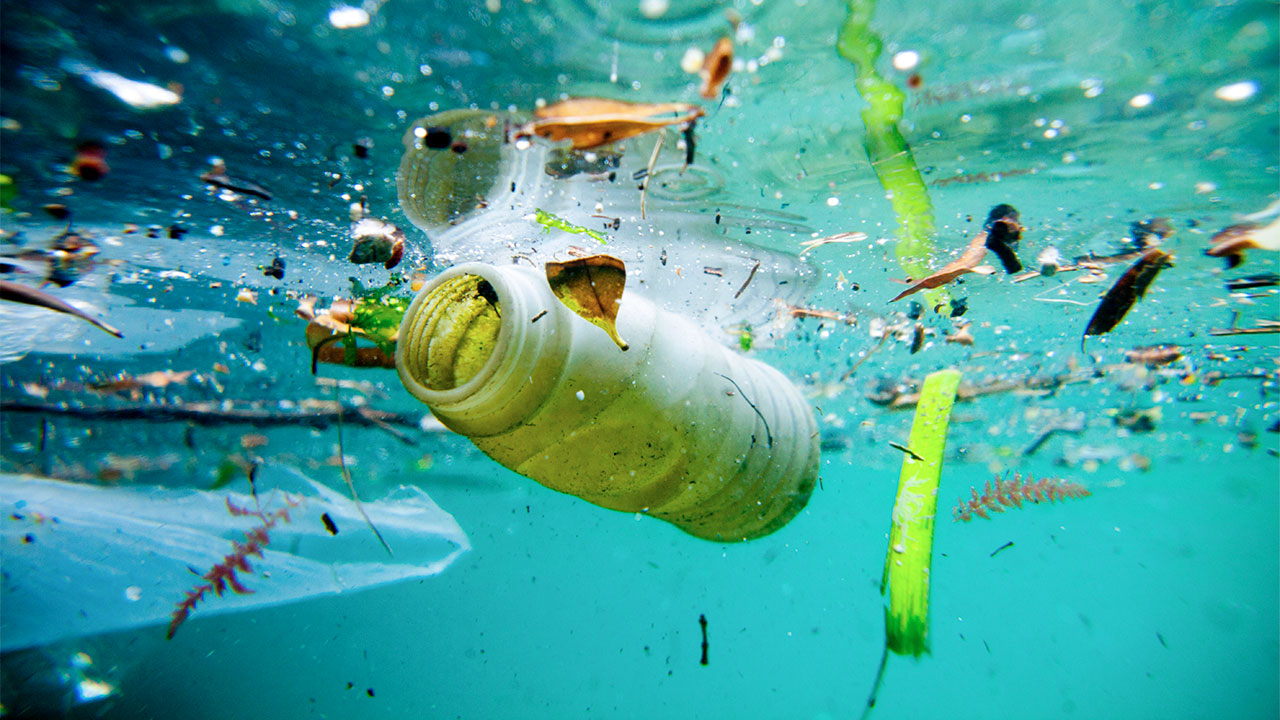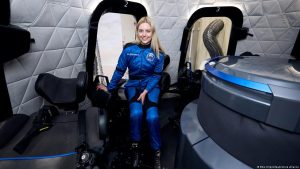Australian researchers at RMIT University have developed an innovative method for detecting plastic waste on beaches through satellite imagery.
Researchers of the institute used satellite imagery to differentiate how plastics, sand, and water reflect light on the beaches.
The technique used by researchers successfully identified plastic pollution 600 kilometers above Earth’s surface.
Why Is This New Technique Important?
Although satellite technology has long been used to track floating plastic in oceans, detecting plastic on beaches has been challenging since it often blends with the sand.
Published in the Marine Pollution Bulletin, the new method can revolutionize the cleaning of beaches as more and more plastic ends up in oceans.
Plastic Pollution Projected To Increase
Lead researcher Dr. Jenna Guffogg highlighted that the remote detection will be needed to detect plastic which is projected to reach 60 million tones by 2030.
If not tackled on time, the researcher said, the oceanic wildlife will be damaged to an irreversible extent.





